Exploring Queer Identity And Family Conflict In The Wedding Banquet
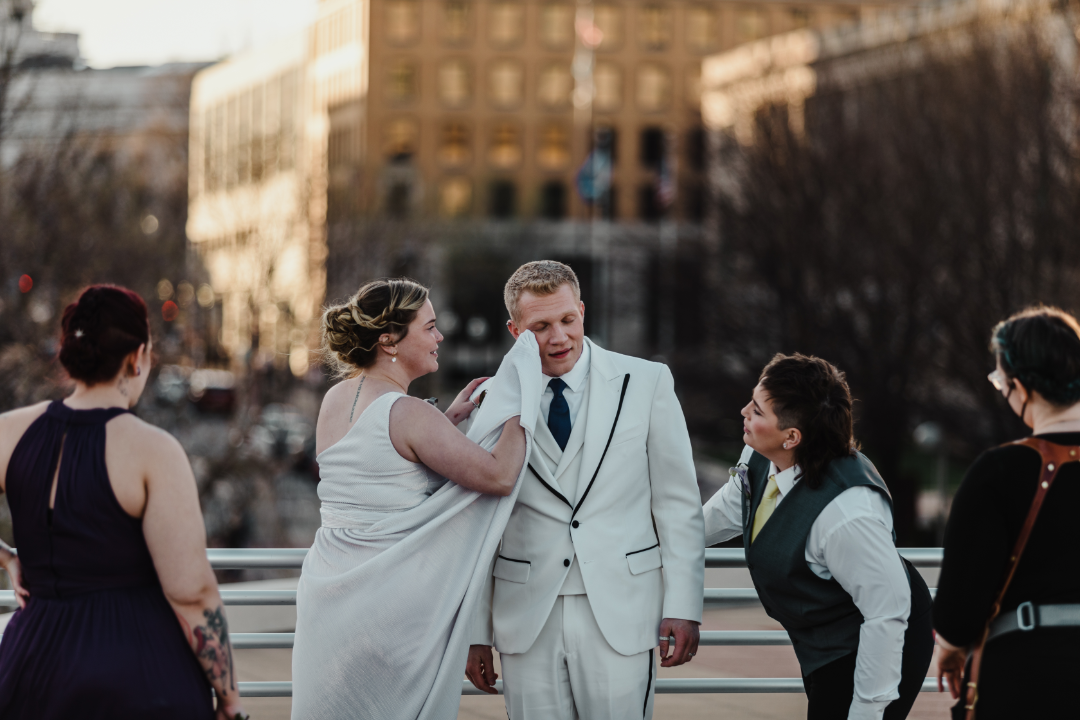
Table of Contents
Wai-Tung's Secret and the Pressure to Conform
At the heart of The Wedding Banquet lies Wai-Tung, a gay man living a double life in New York City. His internal conflict is palpable: the yearning for authenticity clashes sharply with the immense pressure to conform to his family's expectations. His parents, recently immigrated from Taiwan, are desperate for him to marry and provide a grandchild, fulfilling the traditional expectations of filial piety within their culture. This desire for a traditional marriage stems from:
- The weight of filial piety: In Chinese culture, filial piety—respect for elders and fulfilling familial obligations—is paramount. Disappointing his parents is unthinkable for Wai-Tung, creating immense internal pressure.
- Maintaining familial harmony: Marriage is seen as crucial for preserving family honor and continuity. Wai-Tung fears the social repercussions of revealing his homosexuality, jeopardizing his relationship with his family.
- The pressure of arranged marriage (implicitly): Although not explicitly an arranged marriage, the intense pressure from his parents leans toward a traditional, arranged-marriage dynamic.
This societal pressure forces Wai-Tung into a precarious position, constantly balancing his desire for self-expression with the need to appease his parents and maintain a semblance of normalcy. His homosexuality, therefore, becomes a secret, a burden weighing heavily on his conscience.
The "Marriage of Convenience" and its Implications
To resolve the immediate pressure, Wai-Tung devises a plan: a marriage of convenience with Wei-Wei, a young artist from mainland China. This seemingly pragmatic solution immediately introduces complexities:
- Transactional relationship: Their initial relationship is purely transactional, a means to an end. However, as the film progresses, their bond deepens unexpectedly.
- Evolving understanding: Both Wai-Tung and Wei-Wei navigate uncharted emotional territory, discovering surprising intimacy and mutual support.
- Ethical considerations: The sham marriage raises ethical questions, forcing both characters to confront the implications of their deception and its potential consequences.
This marriage of convenience becomes a microcosm of the larger conflict, highlighting the intricate web of compromise, cultural adaptation, and unexpected emotional connections that arise from navigating societal pressures.
Generational Differences and Conflicting Values
The Wedding Banquet masterfully illustrates the stark generational divide between Wai-Tung and his parents. Wai-Tung's generation grapples with modern notions of identity and self-expression, while his parents remain deeply rooted in traditional Chinese values. This clash manifests in several ways:
- Communication breakdown: The differing perspectives lead to communication barriers and misunderstandings, preventing open dialogue and hindering mutual understanding.
- Cultural clash: The film portrays a poignant cultural clash, highlighting the disconnect between the traditional expectations of the older generation and the evolving realities of modern LGBTQ+ lives.
- Filial piety vs. self-acceptance: Wai-Tung struggles to reconcile his filial piety with his need for self-acceptance and authenticity, creating an internal struggle that resonates deeply.
This intergenerational conflict underscores the difficulties faced by LGBTQ+ individuals navigating cultural expectations and family dynamics, particularly when bridging the gap between tradition and modernity.
The Role of Cultural Expectations and Homophobia
The film subtly but effectively critiques the implicit and sometimes explicit homophobia present within Chinese culture. Wai-Tung’s internalized homophobia, stemming from societal stigma and cultural norms, leads to self-repression and deception.
- Social stigma: Homosexuality carries a significant social stigma, forcing Wai-Tung to conceal his true self to avoid judgment and ostracism.
- Cultural norms: Traditional Chinese cultural norms emphasize family and conformity, leaving little room for deviation from expected gender roles and sexual orientations.
- Subtle critique: Ang Lee masterfully uses subtle irony and humor to critique these societal norms, offering a nuanced perspective on the complexities of cultural expectations and LGBTQ+ experiences.
The film's nuanced portrayal of homophobia encourages viewers to confront ingrained prejudices and fosters a deeper understanding of the social pressures faced by LGBTQ+ individuals.
Resolution and the Shifting Dynamics of Family
The resolution of The Wedding Banquet is both poignant and ambiguous. While it doesn't offer a neat resolution to the conflict, it does suggest a potential for acceptance and change within the family dynamic.
- Acceptance (potential): The film hints at a possible shift in understanding and acceptance, although it remains unclear whether this shift is complete or merely a beginning.
- Evolving definition of family: The film challenges traditional notions of family, suggesting that love and understanding can redefine familial bonds, even in the face of conflict.
- Compromise and understanding: The evolving relationships throughout the film ultimately point to the importance of compromise, understanding, and the ever-evolving definition of family.
The ambiguous ending invites reflection on the complexities of family relationships and the ongoing journey toward acceptance and understanding within the LGBTQ+ community.
Conclusion: Reflecting on Queer Identity and Family Dynamics in The Wedding Banquet
Ang Lee's The Wedding Banquet offers a nuanced and culturally sensitive exploration of queer identity and family conflict. The film's strength lies in its ability to delicately portray the internal struggles of Wai-Tung, the complexities of his relationships, and the subtle critique of societal pressures surrounding homosexuality within a specific cultural context. Understanding the interplay between family conflict and cultural expectations is crucial for fostering empathy and promoting inclusivity for LGBTQ+ individuals. We encourage you to watch The Wedding Banquet and participate in further discussions about queer representation and family dynamics in cinema, prompting a deeper understanding of the challenges and triumphs depicted within the film. Let's continue exploring the nuanced aspects of queer identity and family conflict as depicted in films like The Wedding Banquet – a truly impactful contribution to LGBTQ+ cinema.

Featured Posts
-
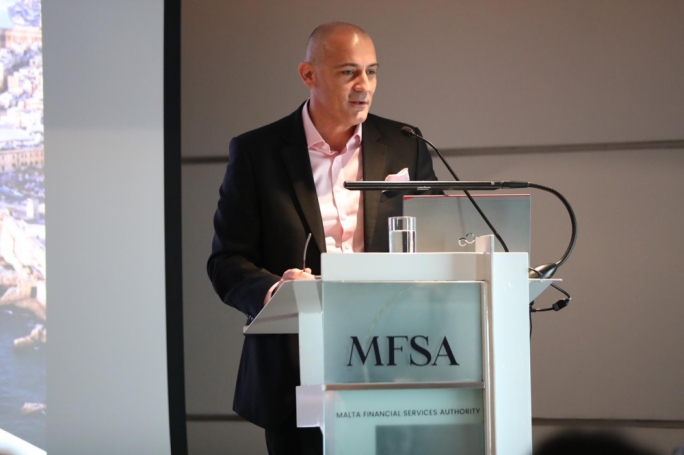 Rome Trip Paid For By Regulated Companies Ethics Concerns For State Officials
May 18, 2025
Rome Trip Paid For By Regulated Companies Ethics Concerns For State Officials
May 18, 2025 -
 Tom Clancys The Division 2 Six Years Of Action Community And Updates
May 18, 2025
Tom Clancys The Division 2 Six Years Of Action Community And Updates
May 18, 2025 -
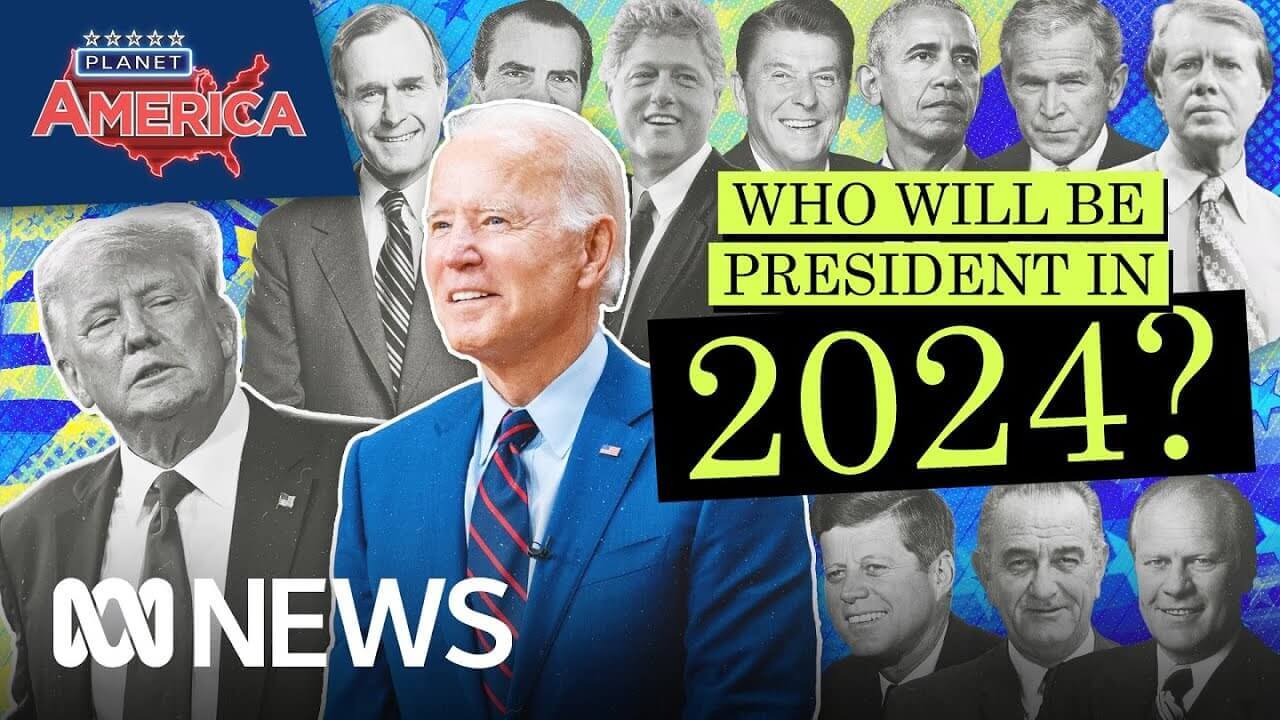 Southeast Texas Municipal Elections May 2025 Candidates And Key Issues
May 18, 2025
Southeast Texas Municipal Elections May 2025 Candidates And Key Issues
May 18, 2025 -
 Phan Tich Nhanh Dau Miami Open 2025 Djokovic Va Alcaraz Trong Cung Mot Nhanh
May 18, 2025
Phan Tich Nhanh Dau Miami Open 2025 Djokovic Va Alcaraz Trong Cung Mot Nhanh
May 18, 2025 -
 Poker Stars Casino Win Big With The St Patricks Day Spin Of The Day
May 18, 2025
Poker Stars Casino Win Big With The St Patricks Day Spin Of The Day
May 18, 2025
Latest Posts
-
 A Nostalgic Look At The Rat Packs Casinos And Modern Equivalents
May 18, 2025
A Nostalgic Look At The Rat Packs Casinos And Modern Equivalents
May 18, 2025 -
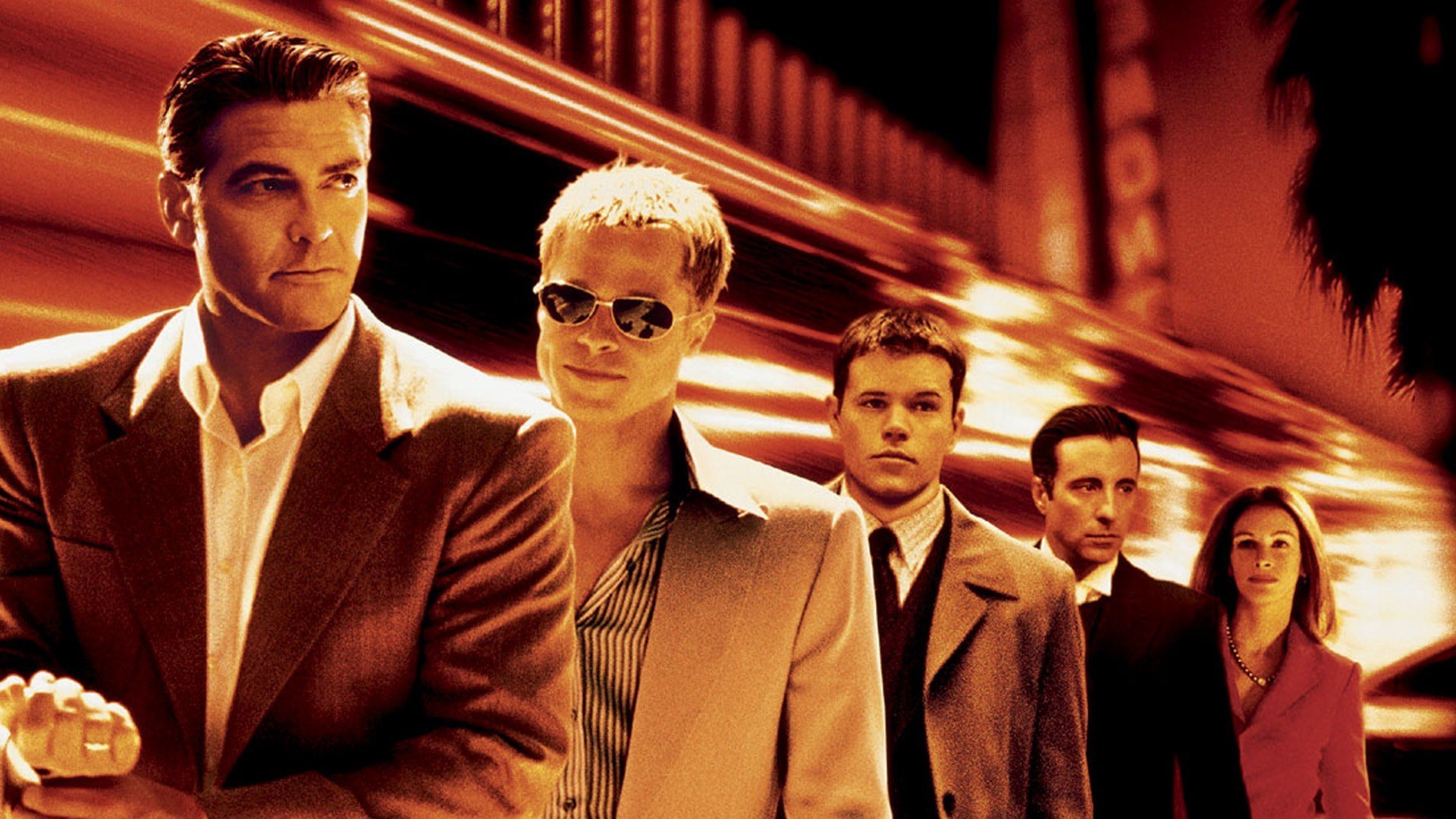 The Rat Packs Favorite Casinos Then And Now
May 18, 2025
The Rat Packs Favorite Casinos Then And Now
May 18, 2025 -
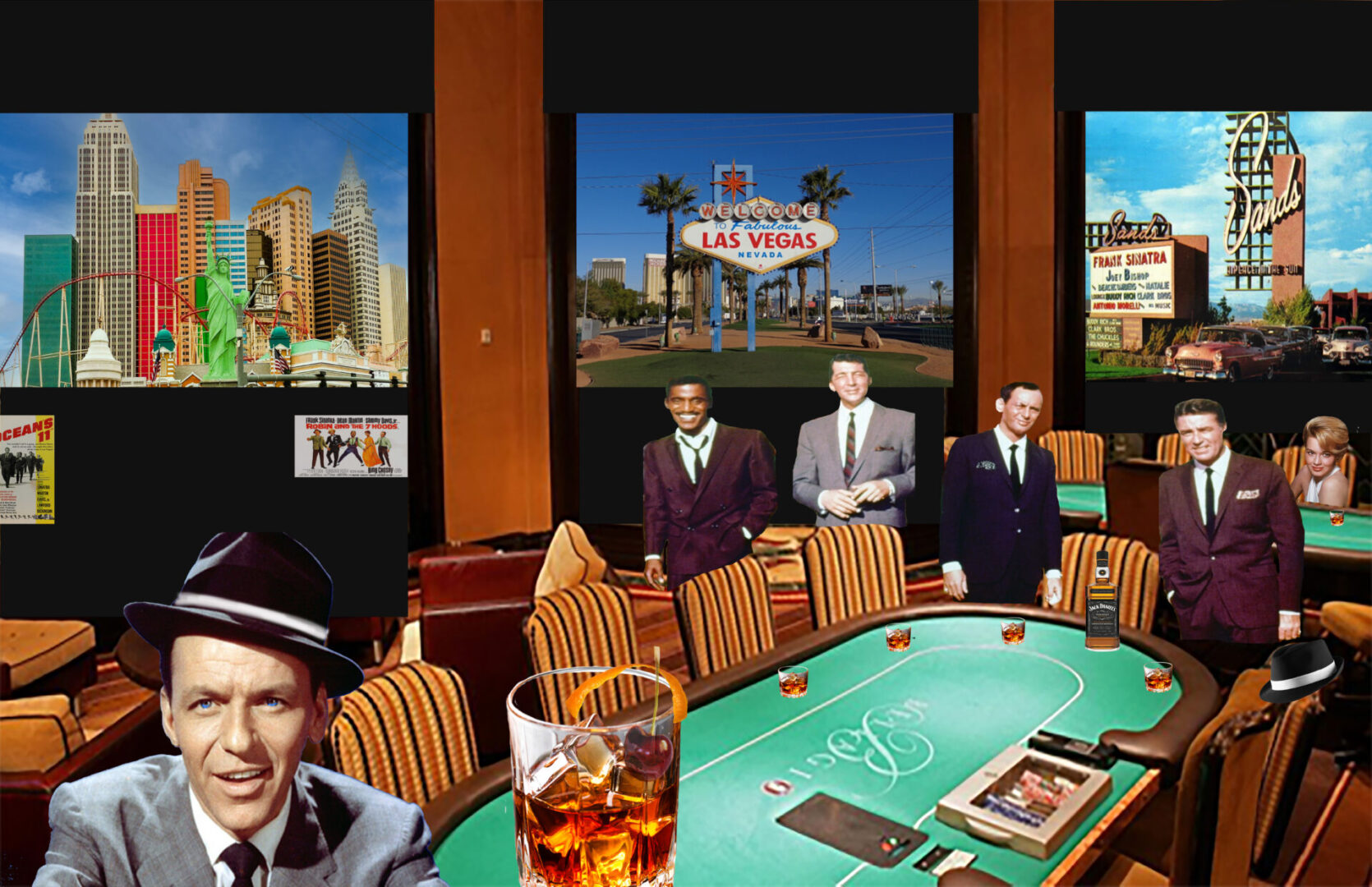 What Happened To The Rat Packs Favorite Casinos A Look Back
May 18, 2025
What Happened To The Rat Packs Favorite Casinos A Look Back
May 18, 2025 -
 Best Online Casino New Zealand 7 Bit Casino Review And Player Guide
May 18, 2025
Best Online Casino New Zealand 7 Bit Casino Review And Player Guide
May 18, 2025 -
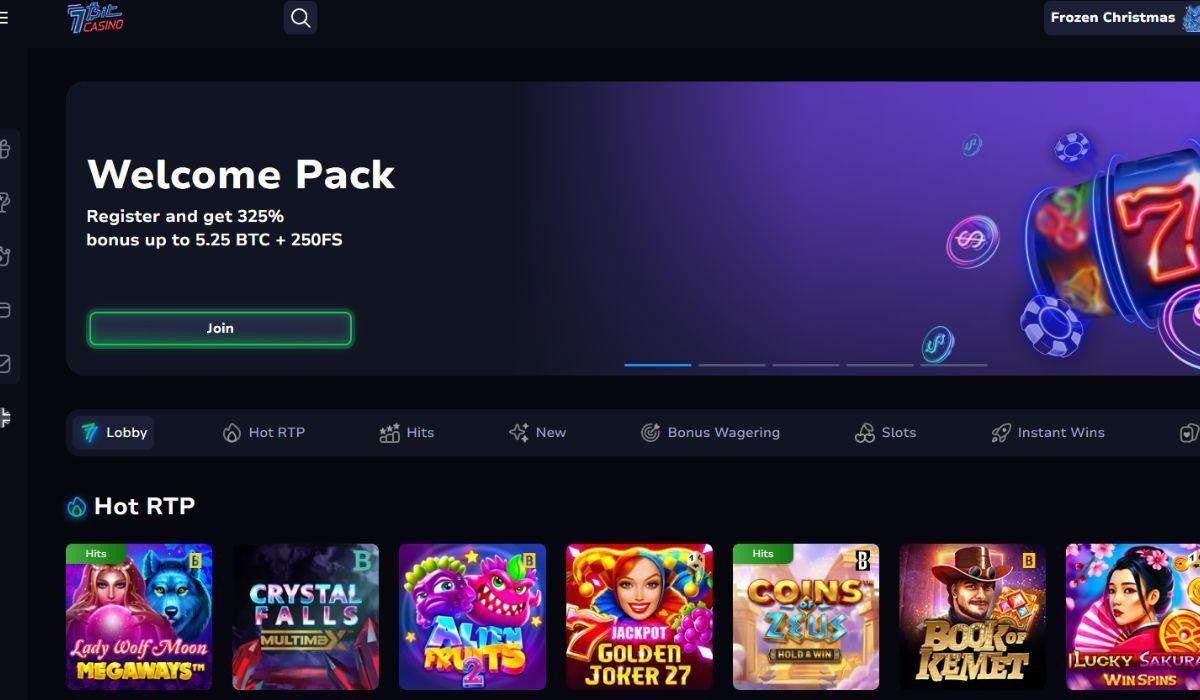 Choosing The Best Online Casino In Canada For 2025 A 7 Bit Casino Focus
May 18, 2025
Choosing The Best Online Casino In Canada For 2025 A 7 Bit Casino Focus
May 18, 2025
